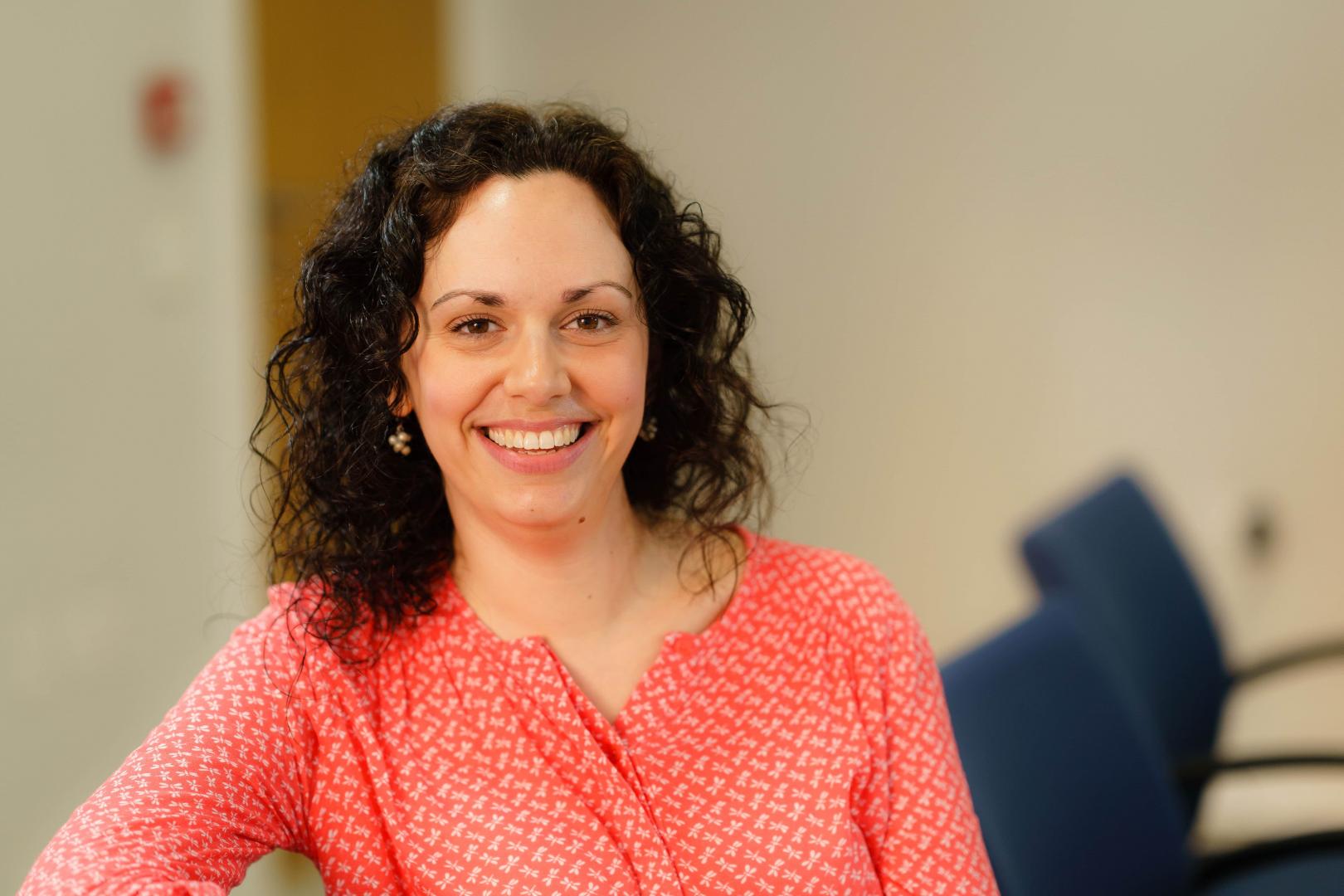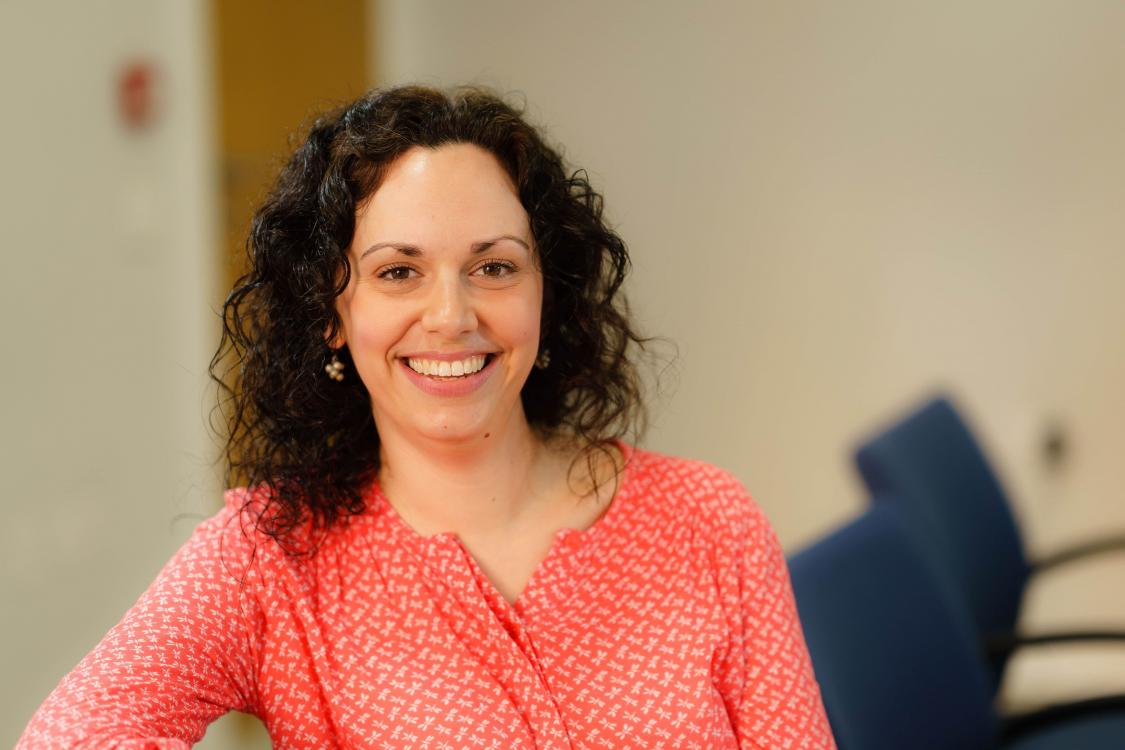Q1. How do you integrate your MEL into your grant applications and programme design?
Within our application forms we ask all applicants to outline how they are going to measure whether their project has been successful and then outline three outcomes that they want to achieve in the first year of the grant. During the reporting grantees are asked to report on the three outcomes and set three more (these can be the same or different).
Q2. It is fairly straightforward to report on quantitative data, but it is a lot more complex to report by qualitative data and outcomes? How do you approach qualitative data collection with your grantees?
This has always been a very important aspect of our reporting, and prior to moving our reporting online (September 2019), our reporting was led by the qualitative data. Grantees were asked to address questions, but we provided no specific format for this. I would say that this is still the priority in our online reporting but there is more structure in the sense that there are more defined questions to respond to and there is certainly more quantitative data now being collected. This is coupled with our visits, phone calls/email updates and for us, often provides the richer overview of an organisation’s work. It is this which we use as the primary basis for our reporting to our Trustee. We still allow grantees to attach supporting documents which can include case studies, photos etc.
Q3. You fund hundreds of organisations directly or indirectly, how do you try to achieve similar outcomes across them? In general, should there be a sector wide approach to tackling social issues and if so, should this be led by the funder?
Our main ethos when it comes to reporting is that this should be led by the applicant. Whilst we will encourage them to push themselves or think about a project differently, our broad aim is to promote the life-chances of children and young people. We trust the organisations we fund to know and understand their work and therefore the outcomes and aims for the projects are always led by what they want to achieve, for and with the young people they work with.
There are common themes across some of our Programme Areas (e.g. emotional wellbeing) and we have started very early conversations about how we might go about developing some more formal commonality into these areas.
Q4. What are the challenges for charities trying to 'go digital' - moving from paper to online (for example) and what is the role of online systems within M&E?
The main challenge for our grantees is simply having the capacity to ‘go digital’ both in terms of the cost implications of setting something up, but more importantly the staffing requirements to learn a new system and roll this out to colleagues. Having recently moved our process online, speaking from experience, we know that the process often takes longer and is more time consuming that you might first imagine. The end results are often better and tend to improve capacity in the long term, but it can be tricky to reconcile this when it is first being discussed.
The potential of online systems is significant however, and can lead to better intelligence, both for that organisation but also from a funder’s point of view as it allows you to paint a picture of the service/area and can better help you understand themes, trends and challenges.

